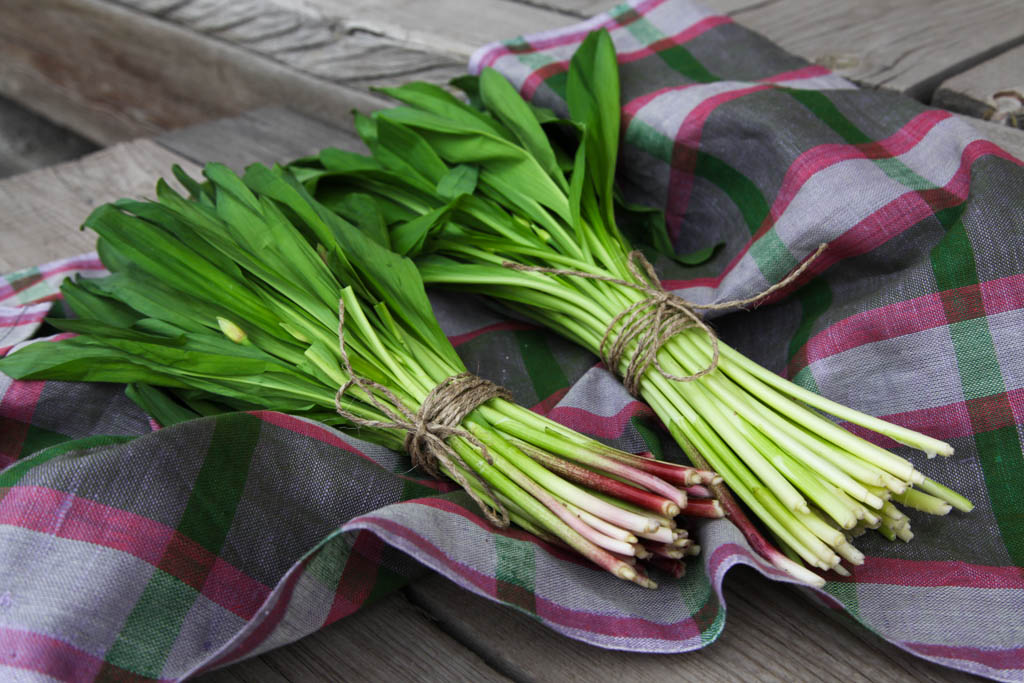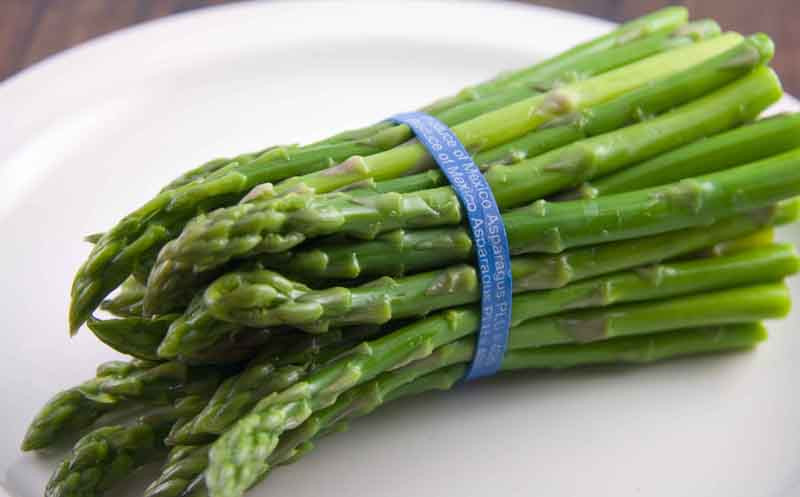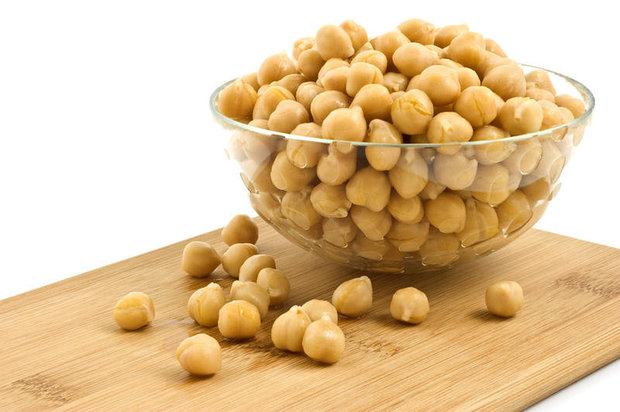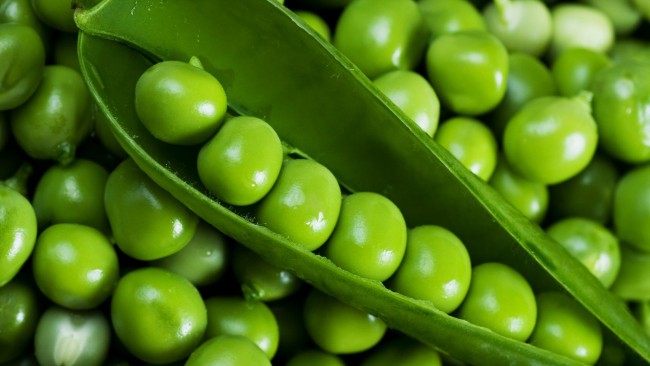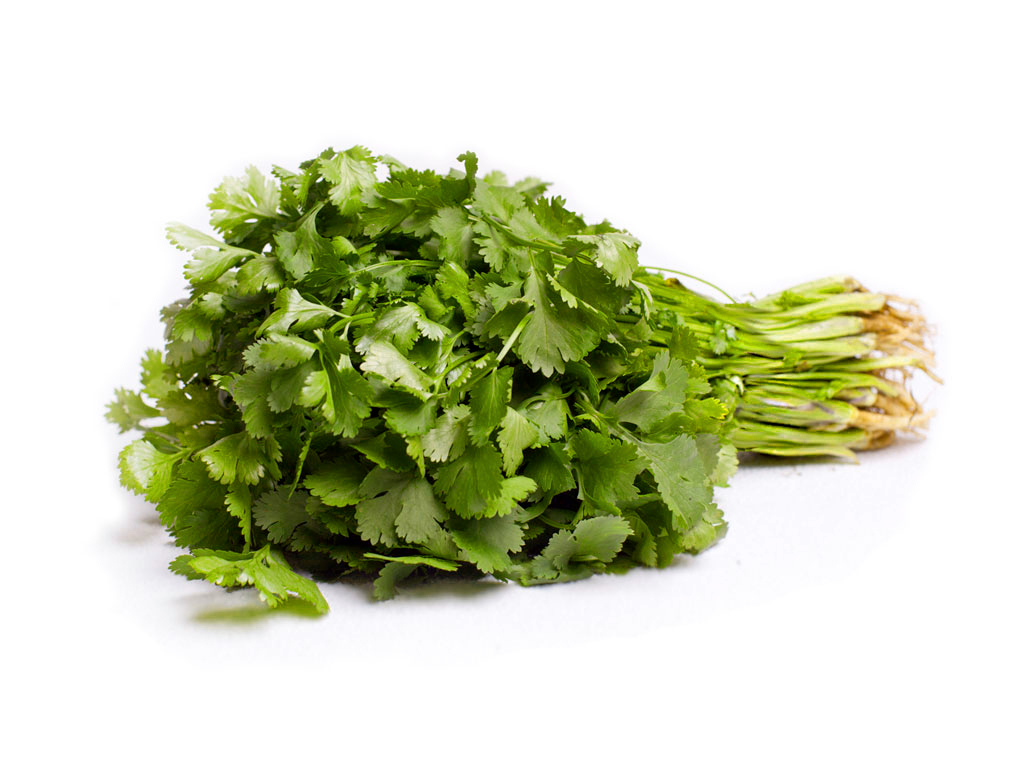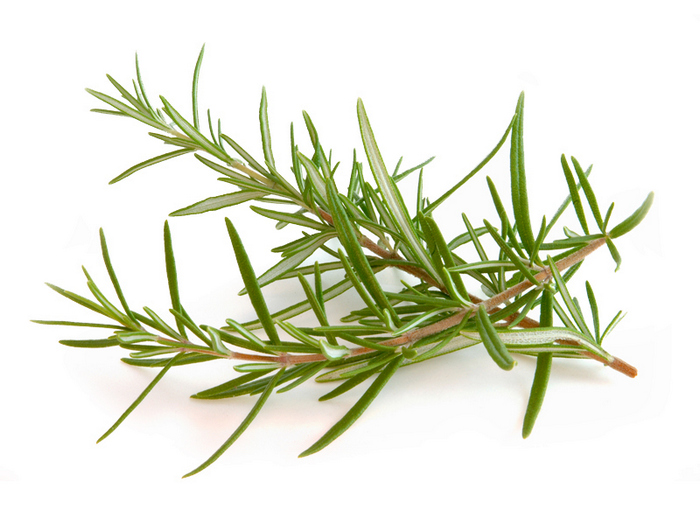Content:
One of the most unpretentious plants that can only be found is the bulb. This plant popularly has several more options: wild garlic, bear or wild onion. Each region has its own name. In addition to unpretentiousness, wild garlic is distinguished by a unique composition that is useful to the human body. The plant is used for food and also for medicinal purposes.
What is this plant
Many are interested in what a flask (plant) is, because they constantly talk about its beneficial properties. You can meet wild onions in various climatic conditions, even in the tundra zone. It is most widespread in Europe, Turkey, and the Caucasus. You can meet wild garlic both in mountainous areas and in meadows, in shady forests.
Depending on the place of growth and climatic conditions, the beneficial properties of the plant may vary. The most valuable for humans is wild garlic, which grows in mountainous areas.
The wild garlic is most highly valued in Siberia; it has been eaten since early spring as a nutritious greenery rich in vitamins. Its use is very important in the spring, when there is the greatest vitamin deficiency.
Plant species
There are several types of wild garlic, which are united under one name - wild onion. All varieties differ in a rather sharp garlic smell, due to the presence of the corresponding essential oil in the composition. The most common are only two types that are most often used by humans: victory and bear bow. Many are looking for what is the difference between a bulb or wild garlic, but in general this is one plant. Most often, the victorious onion is called the flask, and the bear one is called wild garlic. That's all the difference.
Victory bow
This type of plant is the most widespread. Most of all it is in Siberia, and also found in the Far East, the Urals, Bashkiria and in the European part of Russia. The Novosibirsk region has large plantings. It can be found in the mountain ranges of the Carpathians and the Caucasus. Siberian ramson - this is how the victory onion is often called, in Latin it sounds AlllumuictorialisL. Belongs to the Alliaceae family. It is a fairly large plant that can grow up to 0.7 m in height. Its main distinguishing feature is a slightly oblique rhizome, which unites one or more bulbs. The flowers are collected in a large umbrella, small enough and painted greenish-white. The growth period falls on June-July.
Bear onion
This type of plant is distributed exclusively in the western European part of Russia (Baltic States, Carpathians, Polesie). It is much less common in the western part of the steppe region, for example, in the Tula and Oryol regions. Prefers shady forests.
Due to the popularity of the bear's bow in humans, it has become a very rare occurrence, because it is listed in the Red Book. The collection of bulbs in most regions is limited, and in some it is completely prohibited, for example, in the Stavropol Territory. This type of wild onion has only one bulb without rhizome. The height of the trihedral stem reaches 15-40 cm. At the very base of the stem there are two leaves with long petioles. The flowers are small and collected in white semicircular inflorescences. Flowering is observed in May-June.
The composition of wild garlic
As already noted, the flask or wild garlic plant has a unique composition that is very useful to the human body, especially in the spring period of lack of vitamins.
The energy value of 100 g of greens is as follows:
- Proteins - 2.4 g;
- Carbohydrates - 6.5 g;
- Fiber - 1 g;
- Fat - 0.1 g.
The amount of vitamins in 100 g / mg
| Vitamin name | Amount 100 g / mg |
|---|---|
| FROM | 100 mg |
| AND | 4200 mcg |
| IN 1 | 0.03 μg |
| AT 2 | 0.1 μg |
| AT 6 | 0.2 μg |
| AT 9 | 40 mcg |
| PP | 0.8984 |
There are no minerals in this wild herb, but this moment is replaced by the fact that the composition contains other useful active substances:
- Lysozyme;
- Organic acids;
- Allicin glycoside;
- Phytoncides;
- Various essential oils.
Beneficial features
The composition contains a special essential oil, which is responsible for the acrid garlic smell, as well as the pungent taste. Because of this feature, wild garlic is actively used as a seasoning in early spring. There are many recipes that contain wild onions. Such dishes are very popular wherever it sprouts. Most of all, those who prefer garlic like to use wild garlic. They also choose a flask because after consumption there is no breath that is characteristic of dishes with garlic.
Useful components that are present in the composition:
- Stimulates the production of bile;
- Improves appetite;
- Normalize bowel function;
- Accelerate metabolic processes.
Also, regular use of the wild garlic plant has a positive effect on other aspects of health:
- Improves the condition with arthritis, purulent otitis media, rheumatism;
- Strengthens the nervous system;
- Removes bacteria in the mouth;
- Increases the level of immunity;
- Eliminates the state of vitamin deficiency;
- Normalizes blood pressure;
- Prevents the appearance of excess cholesterol.
Women will appreciate the cosmetic properties of wild onions. A leaf mask can even out the complexion, remove age spots and simply lighten the skin. To do this, the leaves are crushed into gruel and applied to the skin.
Harm
Like any plant, a wild garlic flask can not only be beneficial, but also harm. Especially if you eat a large amount of the product. Overdose (more than 20 leaves per day of wild garlic) can cause the following conditions:
- Indigestion;
- Dizziness;
- Diarrhea;
- Swelling;
- With a peptic ulcer, exacerbations may occur;
- Insomnia.
As the main contraindication for taking the plant, an allergic reaction is highlighted, as well as an individual intolerance to garlic. The list of restrictions on the use of wild garlic includes the following conditions and diseases:
- Pancreatitis;
- Pregnancy;
- Epilepsy;
- Cholesterol;
- Inflammation of the intestines or stomach;
- Hepatitis.
Growing features
Man not only hopes for nature and wild flora. He has long learned how to grow a flask at home. Ramson is an unpretentious plant that perfectly tolerates shade. Therefore, you can set aside a place for it near the fence in the garden or the wall. But at the same time, it is important that the soil is not acidic; a large amount of organic matter must first be added to it (2-3 buckets of compost for each square meter). Wild garlic can germinate in one permanent place for several years, the fact is very convenient that weeds do not pose a threat to an adult plant.
Reproduction
It is best to plant wild garlic with bulbs, but if it is not possible to find such planting material, you can use seeds for growing.Since in the wild the seeds ripen in July, and then lie in the soil until spring, it is worth sowing in the summer. The first year the seedlings will be thin and weak, and already the next season after winter, you can dive and plant in a permanent place.
Care
Agricultural requirements for the care of wild garlic are minimal. The main thing is to be able to reproduce the natural conditions of germination. To do this, it is worth monitoring soil moisture in dry weather. Do not loosen the soil too deep during weeding. It is better to add mulch during the procedure so that the earth is loose and moist. Bulb or wild garlic is not overly afraid of weeds, but nettle roots and wheatgrass can damage the bulbs by piercing them through.
How to choose the right product
Not all wild onion leaves can be used for food. You can use greens for food from the very early spring, when the air temperature warms up to 12 degrees. It is worth collecting greens only before flowering, since after that the foliage becomes tough and tasteless and at the same time loses all its nutritional properties.
The leaves should be juicy and, when pressed, emit juice with a pungent garlic smell. If the leaves look sluggish and rough, they were harvested after flowering. The collection must be done at the correct time.
Pests and the fight against them
A plant such as wild garlic is highly resistant to diseases and pests. But nevertheless, larvae of a mining fly often appear on young leaves of the plant. In this case, it is recommended to water the plant with a 1% solution of simple salt, and repeat watering early in the morning, but with plain water.
Wild garlic can also suffer from rust. It is worth treating at the first signs of damage. To do this, use ready-made fungicides or prepare a special composition: 1 tbsp is added to 10 liters of water. l. copper oxychloride and soap. Re-processing is carried out after 14 days. Leaves processed in this way can be eaten only after 2 weeks. They are thoroughly washed under running water.
A simple, uncomplicated plant of wild garlic grows on many edges and in forests, but not everyone uses it for food, but in vain. After all, you can use the gifts of nature with benefit. If there are no areas with a flask nearby, then such a plant can be easily grown in its own garden.
